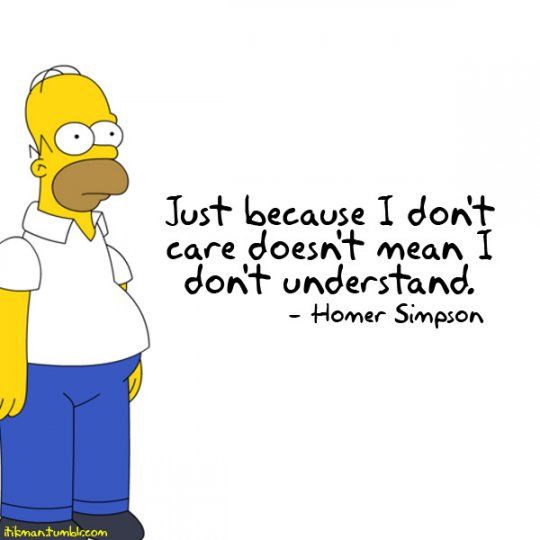Don't Mistake Understanding for Agreement
Two Tips for Enabling Clearer, More Honest Communication
When you’re sharing an idea, particularly one you’re excited about, it’s very easy to confuse understanding and agreement.
After all, if you’ve made a compelling case and the listener somehow still doesn’t share your opinion, then clearly they don’t understand something.
You may know you’ve fallen into this trap when you find yourself repeating the same points over and over again, or when what felt like a casual talk begins to feel like a debate.
And, in one of the most classic patterns, this confusion often sits unnoticed as the central cause of someone’s hurt feelings when a failure to overtly disagree is interpreted as consent (e.g. “But we were sitting right here and I told you it was probably a good idea to book the trip today! So, why didn’t you book it!?”)
If we’re going to avoid these traps, then we need to make the distinction between understanding, i.e. I’ve heard and comprehended your perspective or opinion, and agreement, i.e. I have the same perspective or opinion as you do.
Both are good. Both may be needed.1 But unconsciously mixing them up is not so good.
When leaders and team members acknowledge that understanding another's perspective doesn’t obligate them to agree with it, a more open and dynamic form of collaboration emerges.
And when we are actually seeking agreement, or clarity on another’s position, when can ask for it more directly and cleanly.
Tip #1. Establish Understanding By Asking Them to Repeat Back to You What They Heard You Say
How might we know someone else understands what we are saying, even if they don’t agree with it? Simple. Ask the listener to repeat back to you what they heard you say.
It’s really hard to convince yourself the other person doesn’t understand your perspective, if they do a damn good job reflecting your own position back to you.
Of course, if you’re the listener and you suspect someone else may be interpreting your openness and receptivity as tacit agreement, then proactively offer, “Let me see if I’m getting you…[repeat back what you got].”2
Regardless of which side of the dynamic you are on, this allows you to establish understanding (which may be all that is actually needed), and/or pursue the question of agreement in a more caring way.
Tip #2. Establish Agreement By Explicitly Asking Them to Agree
It’s often comically simple, but the best way to confirm agreement is to ask the other person explicitly, “Do you agree?” That is, if agreement is important then don’t infer; you want them to say it (or know that they won’t).3
Of course we sometimes avoid getting clarity because we’re secretly afraid of their answer. That’s a natural fear I don’t want to minimize. But confusing understanding for agreement; well, that issue is much easier to resolve.
Another factor could be ambiguity over decision-making. When we don’t know who is making what decisions, we aren’t exactly sure who we are trying to convince. It’s usually more comfortable in the moment (though ultimately less productive) to remain vague.
So, if establishing understanding is the first step, then determining if agreement even needs to be pursued is probably the second. And to be honest, once you’re clear on whether you’re looking for understanding or agreement (or both), you’ve already done the hard work.
Finally, remember a failure to agree is rarely the end of a conversation unless you want it to be.
Conclusion
Recognizing the distinction between understanding and agreement empowers us to navigate conversations more effectively, fostering a culture of open consent and collaboration.
By carefully and consciously separating these two concepts (to the degree that you can), we enable clearer, more honest communication.
Do you agree?
Join me on the Holacracy Community of Practice.
Read “Introducing the Holacracy Practitioner Guide” to find more articles.
Want to learn more about Holacracy? Visit Holacracy.org.
While it makes sense to think of understanding coming before agreement, there is something to be said about agreement leading to understanding. Meaning something like, “A listener’s receptivity and openness impacts what they are able to hear and understand.”
Also note that this approach works even better if you make space to tweak the understanding (e.g. “Thanks for reflecting that back. May I make some tweaks or clarifications?”)
Seeking agreement is a “frame,” not a “goal” of a conversation. Meaning, it frames, contextualizes, and orients the interaction; it’s not pursued for its own sake. An authentic “no,” is infinitely better than a fake, “yes.”


